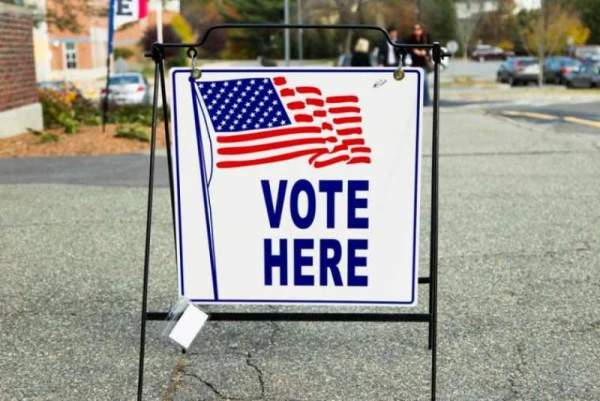
CNA Staff, Jun 19, 2020 / 03:00 pm (CNA).- After an Arizona bishop expressed concern about political organizations engaging with local parishes, the leader of one such group said some perceptions about his organization do not square with the facts.
Bishop Edward Weisenburger wrote to priests of the Tucson diocese earlier this month, reflecting on the upcoming election season.
The bishop’s email, obtained by CNA, said that two pastors in the diocese had been approached by local members of a Wisconsin-based group called CatholicVote. They reportedly “wanted to connect with the parish and/or local Councils of the Knights of the Columbus.”
No political organization, the bishop said, can “be allowed to meet or advertise on parish property. Likewise, they may not share their communications through any parish or Catholic-sponsored entities in the Diocese of Tucson.”
“In short,” political organizations “may not be on our property,” Weisenburger wrote.
A representative of Weisenburger’s office confirmed the email to CNA, but declined to answer further questions.
Brian Burch, CatholicVote president, told CNA he respects Weisenburger’s concerns and decision. But in Arizona, he said, there might have been some misunderstanding about his organization’s work.
“Our program does not include any activities on church property or the use of church resources,” he said.
Burch said it his organization has “thousands of volunteers” and it is possible that some “may indeed have contacted their local pastor or parish priest in order to solicit their participation in encouraging Catholics in their parish to register to vote, or to vote.”
“However, there has never been any directive or recommendation that volunteers request or seek parish data files or lists — or that they engage in any partisan activity on parish property, or with parish staff,” he added.
“Our program is designed to operate entirely as a lay-organized effort, independent of church property and resources, and without the participation of pastors, priests, or diocesan staff.”
“We understand many bishops and pastors have concerns over the prohibition of political activities by tax-exempt entities, and we respect their concerns. They have nothing to fear from our work,” Burch said.
CatholicVote is organized as a lobbying organization and both a related political action committee and 501(c)(3) non-profit. Burch told CNA the group aims “to achieve historic turnout among Catholics in the upcoming November election.”
In particular, Burch said, the group is “focused on turning out every active (practicing) Catholic voter.”
CatholicVote says it is non-partisan and aims to encourage voter registration and voting among practicing Catholics.
“These voters, according to polling, are likely to vote for pro-life candidates, which no doubt frustrates some so-called progressives,” Burch told CNA.
Still, the group’s own platform is not completely aligned with either major party platform.
On its website, a section entitled “what we believe” notes the importance of “a culture that celebrates life,” says that “marriage is between one mane and one woman,” notes that “we are all called to help the poor,” calls for environmental stewardship, and adds that says that “the death penalty is an unnecessary legal penalty in the developed world.”
The group, however, in Facebook and web posts, regularly promotes decisions or policies of President Donald Trump and other Republican lawmakers, and regularly criticizes Democratic lawmakers.
CatholicVote has run social media posts and spoken in favor of Democratic Congressman Dan Lipinski, regarded as one of the last pro-life Democrats in Congress.
And while the group has sometimes been characterized as a Trump campaign operation, Burch said that’s not accurate.
In a 2016 column, Burch explained that “CatholicVote members have been clear: secure as many commitments from Trump as possible” on issues that matter to Catholics.
“If he has any hope of getting elected, he needs our votes, and we must work constructively in a very imperfect situation to advance our ideals as best as we can.”
As to 2020, Burch said CatholicVote will likely offer an endorsement, but it hasn’t yet.
“As of today Catholic Vote has not yet formally endorsed a candidate for 2020. As you know we did not endorse Donald Trump (nor Hillary) in 2016. We have however been very outspoken supporters of Trump policies, and critics of Biden. It’s fair to presume that we likely will endorse the President soon, even if some of our programs, especially our field efforts, continue to focus exclusively on turnout.”
Some aspects of the group’s efforts, like mobile targeting initiatives that allowed CatholicVote to target ads to mobile users who had attended a church in the months prior, have been criticized in Catholic circles. Mobile targeting technology has become commonplace in modern political advocacy, but some Catholics criticized it as invasive.
Burch has said technology is a way of helping Catholics get organized, and helping pro-life advocates compete in political races.
“Our priority now is reaching out and encouraging as many Catholic voters as possible to vote,” he told CNA.
The CatholicVote leader told CNA that the organization’s mission is appropriate to the vocation of lay Catholics.
“Politics is the responsibility of the laity. We have always honored and will continue to respect the limits of what churches and priests are permitted to do under existing law. While church officials cannot engage in certain political activities, there are no such restrictions for lay Catholics operating outside of Church property,” Burch said.
“We do not operate as an organization claiming to authoritatively teach the Faith. We have never claimed to speak on behalf of any bishop or the United States Conference of Bishops and explicitly disclaim any such role. Our work is focused on public policy and law, and encouraging Catholics to live out their Faith in public life,” he said.
In his email to priests, Weisenburger criticized CatholicVote’s name, noting “it is against canon law to use the word ‘Catholic’ in an organization that is not sponsored by the Church.”
The bishop’s remark apparently is a reference to canon 300, which deals with associations erected under the auspices of canon law. Of those groups, the canon says that “No association is to assume the name Catholic without the consent of competent ecclesiastical authority.”
Burch told CNA that “we have consulted canonists on the question of our name, and there is a diversity of opinion as to whether the particular canon even applies.”
“There are hundreds of organizations that use the name ‘Catholic’ in their work without formal approval, including some like the National Catholic Reporter who have been explicitly told to cease using the name but chose instead to ignore it,” Burch added. In 1968, the National Catholic Reporter was directed by Bishop Charles Helmsing of Kansas City to remove the word ‘Catholic’ from its name, and did not comply.
In any case, Burch said that CatholicVote has made efforts to work with bishops, and build relationships with them.
“When we incorporated in Madison, Wisconsin, we met personally with the Bishop and presented our mission and work. He was careful to distinguish between our unique role as laypersons and his leadership as bishop. He wanted to ensure that our work was faithful to church teaching and that we make clear that we were not speaking in his name or any other bishop. He approved of our work admitting that the need for formal canonical approval was uncertain. We have never published or advocated anything that we understand to be in violation of the teachings of the Church. If anyone can show me otherwise, we’d be happy to correct the error,” Burch told CNA.
While Burch told CNA he understands there have been misperceptions about CatholicVote’s work, “there is no confusion among anyone that has actually spoken with us. Unfortunately, in some cases, false information has been spread to try and harm our efforts. We would hope that those who have concerns about our work would seek understanding first.”
Burch also told CNA that ahead of a contentious election year, he hopes more clerics will also encourage lay political activity.
“I believe it is not only appropriate, but essential that pastors and priests encourage their parishioners to register and to vote. According to our research, as much as 30% or more of most parishes include voters that are not registered, or are infrequent voters. Given the stakes of this election, every pastor in America should be preaching on the importance of Catholic participation in our electoral process,” Burch said.
“You don’t need to be partisan, or endorse any candidates, to remind Catholics of this moral duty,” he added.
“With the likelihood of many parishes and schools closing, our charities under attack, our social service programs being shut down, and public policies that take direct aim at the Church itself, you would think our bishops and priests might muster the courage to at least ask people to vote?”
Weisenburger himself has a record of encouraging Catholics to vote, and offering guidance for the voting booth.
In a video released ahead of the 2016 election, the bishop told Catholics it is “essential that we have judges who respect the right to life and marriage as a covenant between one man and one woman, and who will protect religious freedom and rights of conscience.”
In his 2020 email to priests, Weisenburger affirmed his committment to forming Catholics to vote.
“Our task as ministers of the Gospel is to preach the Gospel and the values that flow from it. Many of our Church’s teachings on ethics, morality, and justice pertain to the common good and therefore are rightly known as political issues. It is our task to speak to the issues and thus to help form correctly the conscience of our people. Likewise, we are to urge them to appropriate political involvement and especially to exercise their right to vote. Experience has taught that we are quite capable of influencing the common good by influencing the conscience of our people. This does not require us to take a partisan stand,” the bishop wrote.
 […]
[…]
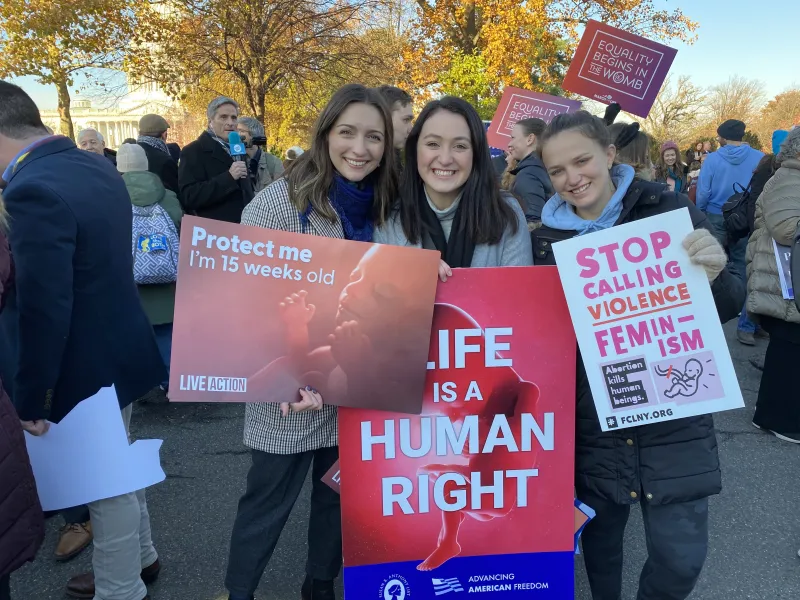
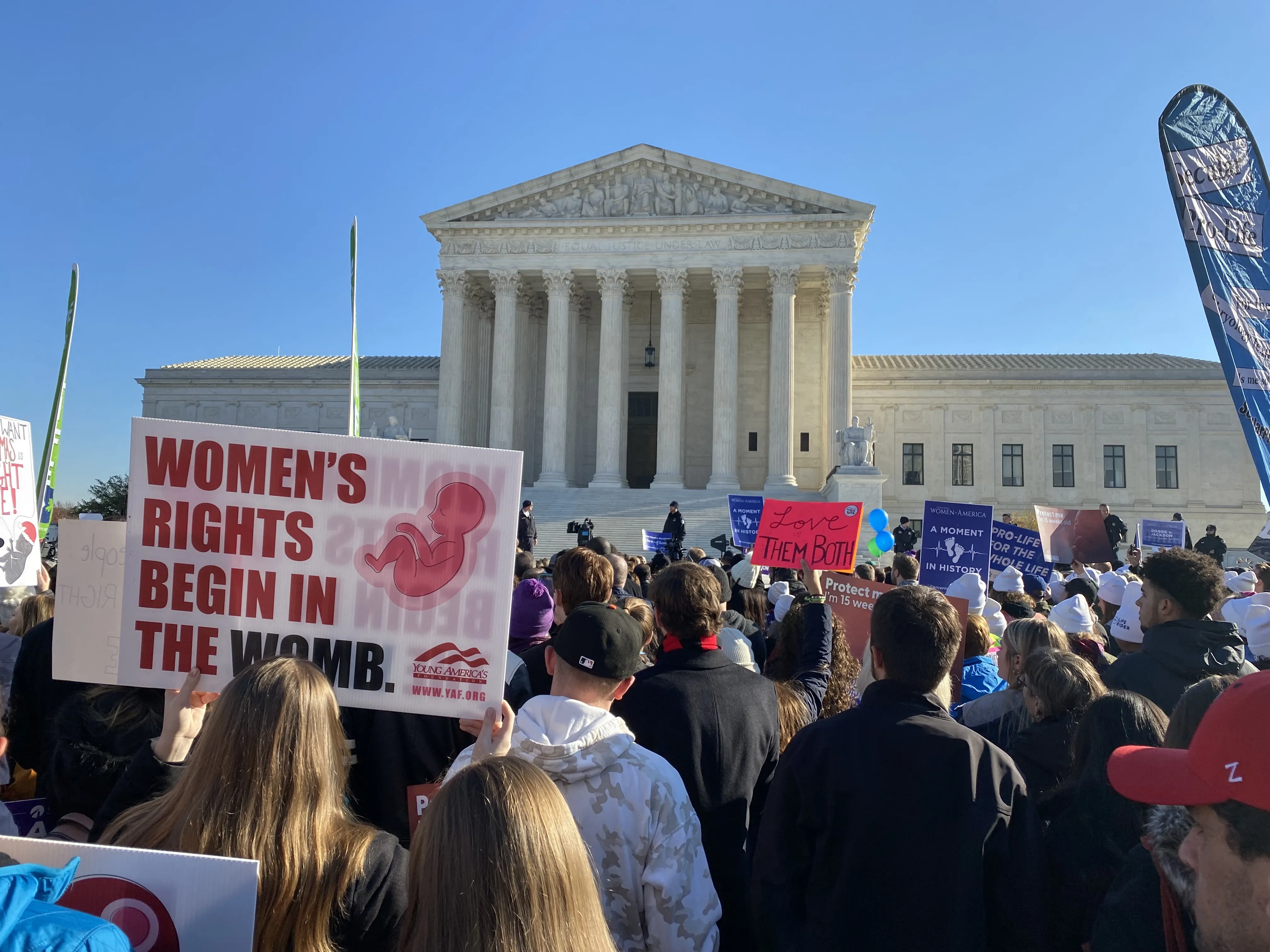
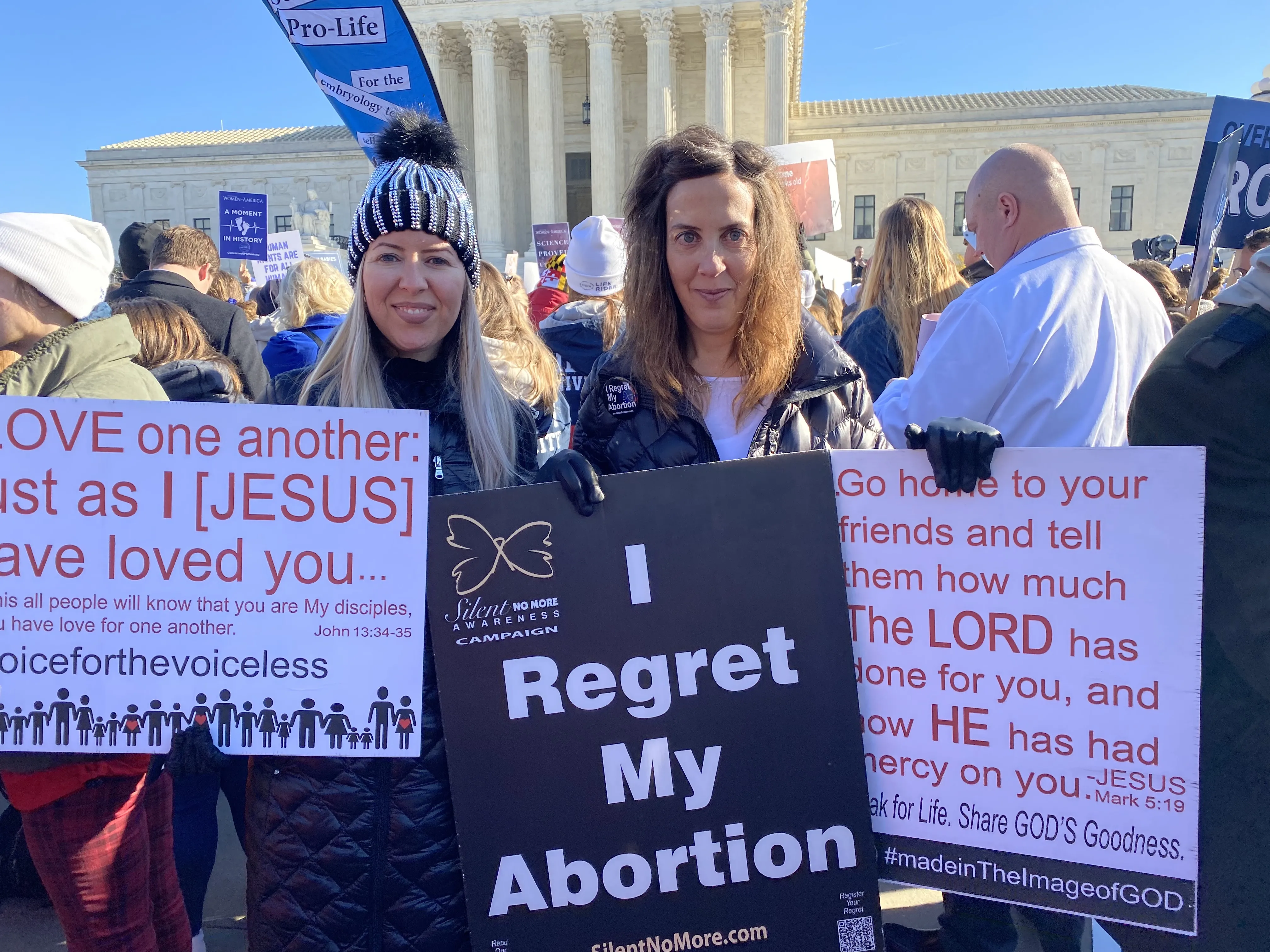


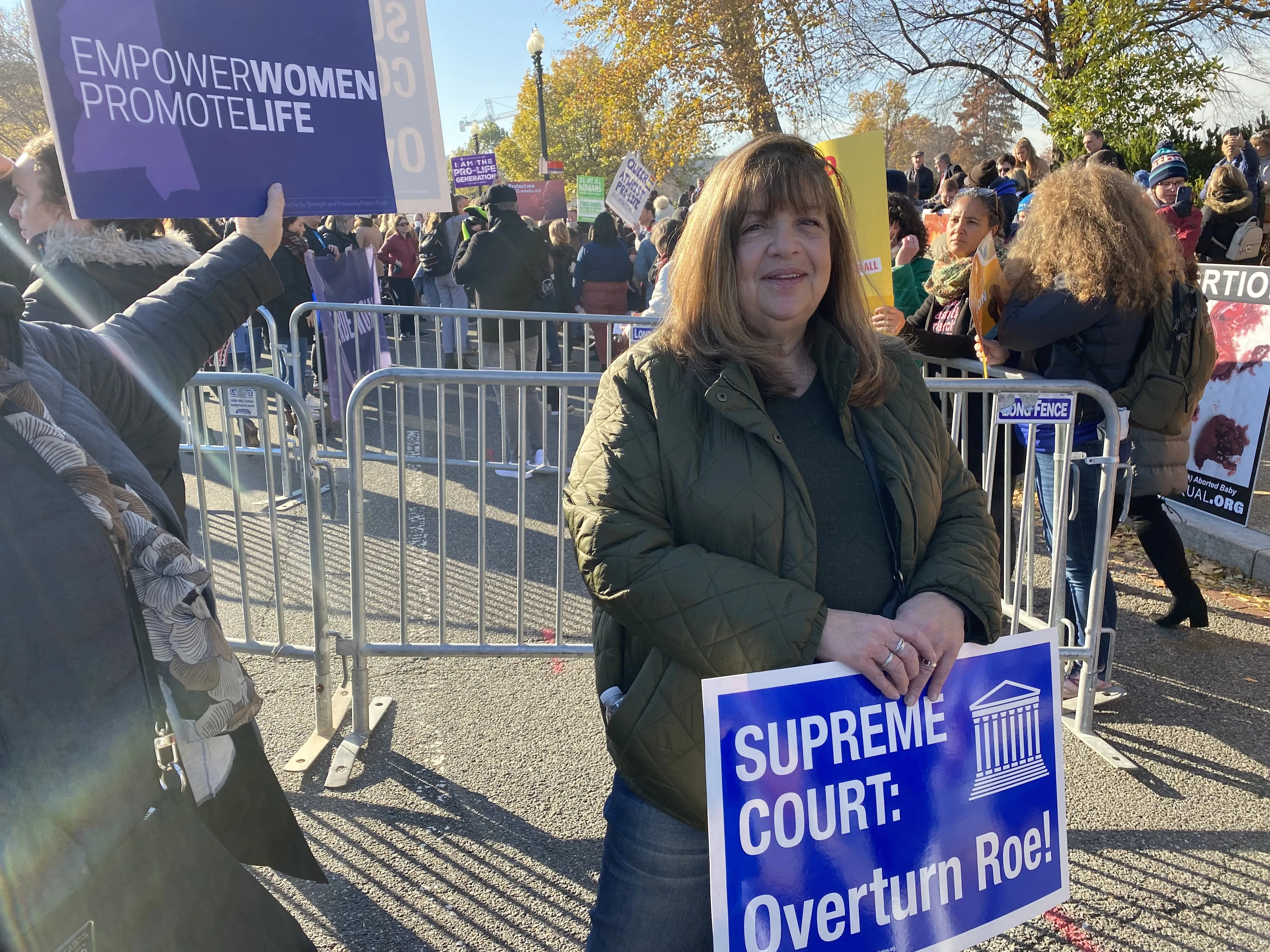

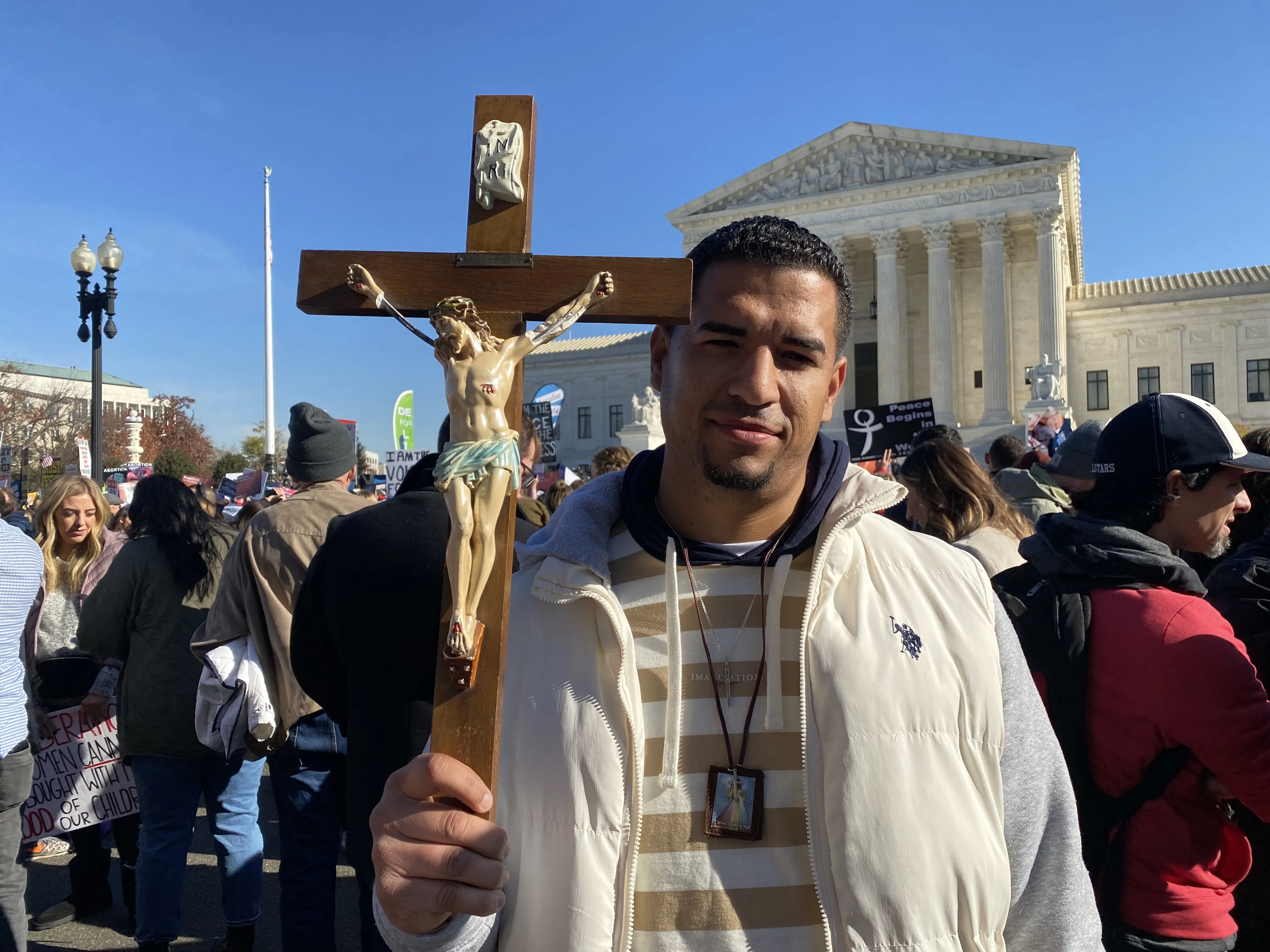
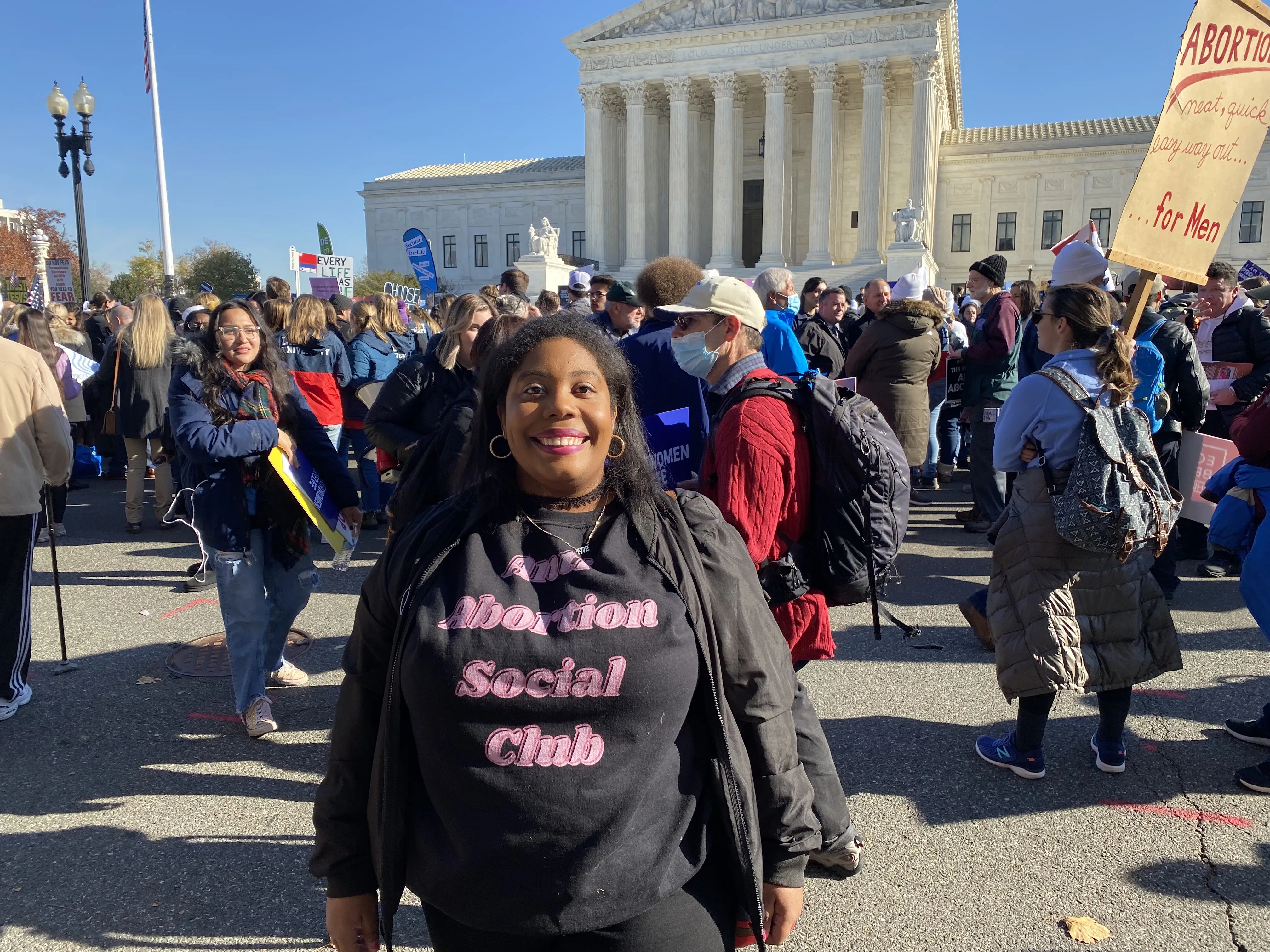



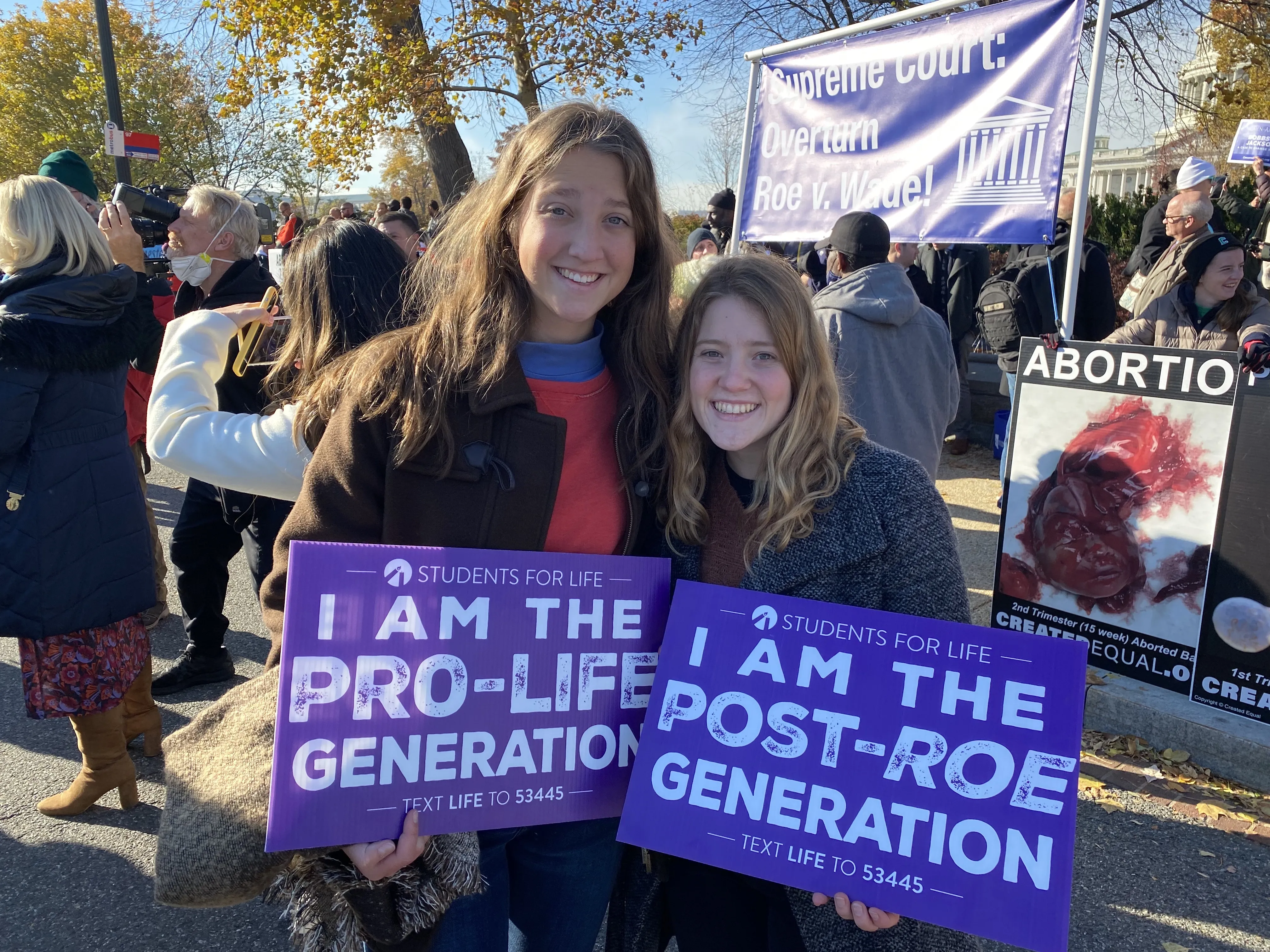

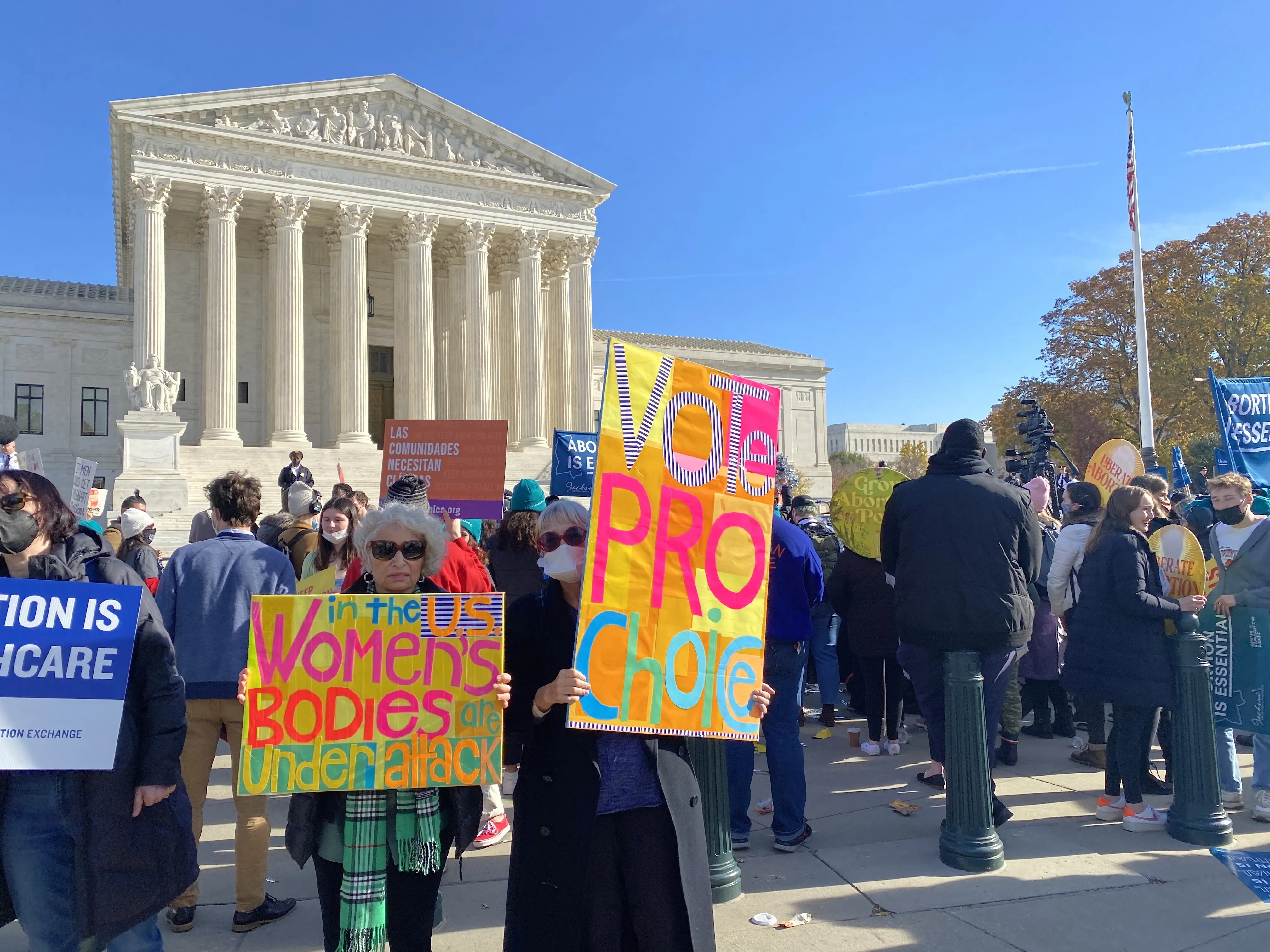






Leave a Reply